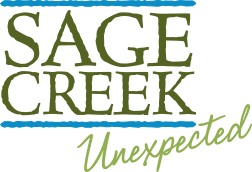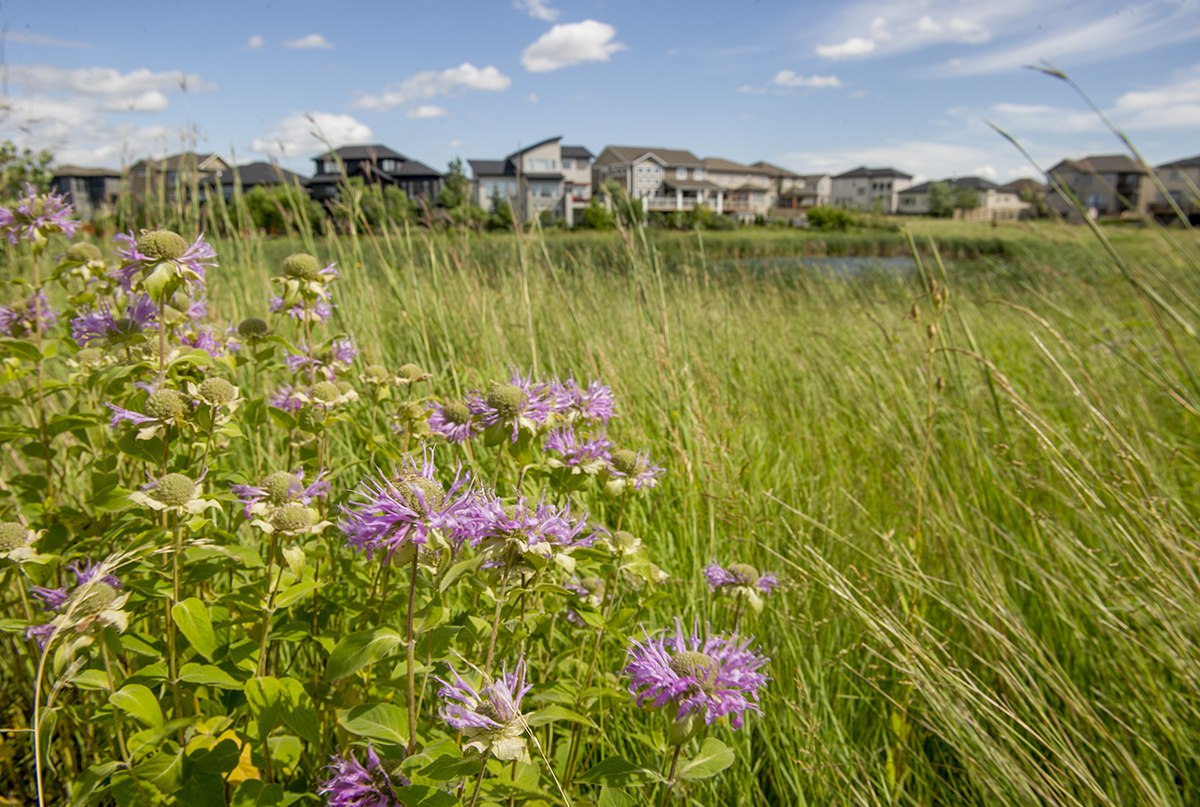Gardening season is nearly upon us, and there’s even more to get excited about this year!
A huge part of Sage Creek’s appeal has always been the way this community embraces environmental sustainability and promotes the area’s natural habitat. It is a defining characteristic of this neighbourhood, and of many families who call Sage Creek home.
A program offered by the Canadian Wildlife Federation (CWF) offers residents the chance to incorporate these values into their very own backyards.
The CWF’s Backyard Habitat Certification Program recognizes the amazing efforts Canadians are taking to meet the habitat needs of local wildlife. The program allows individuals to have their property certified by officially designating their gardens as wildlife-friendly. Whether you have a small patio or a spacious back yard, your property may receive certification once specific criteria and established best practices are met. Certification remains in place for five years, and certified gardens are eligible to purchase an official plaque to place in their garden.
David MacNair is the Winnipeg artist, landscape painter and sculptor who was responsible for fabricating the plaque that recognizes backyards that have been certified. He says the project was a perfect blend of artistry, creativity and protection of wildlife. “These are all things I’m passionate about,” says MacNair. “It’s great how this kind of program raises awareness among urban families. Kids working on this will become so much more aware of different birds and the wildlife they’re sharing the neighbourhood with.”
Why Certify Your Garden as Wildlife-Friendly?
The program encourages best practices in landscape design and gardening, improves conditions for wildlife populations and promotes positive concepts of a natural and integrated landscape. Since its inception, over 900 individual residential properties that have been certified.
The benefits of wildlife-friendly gardening are many, not the least of which is how much it reduces the maintenance associated with a landscape. “Native plants require less attention and water as well they thrive ahead of many horticultural varieties,” says Kenneth Beattie, CWF’s Manager of Habitat Education. “Secondly, the beneficial wildlife such as pollinators, birds — and not to forget the soil borne organisms — all work towards a cohesive and self-sustaining biome.The sheer natural beauty of butterflies, songbirds, hummingbirds, all surrounded by blossoms and foliage, paints a delightful picture for the short growing season that Winnipeg offers.”
Happy gardening! Stay tuned for our next blog in this series: Incorporating Native Plants.
Getting Certified
In certifying properties, the CWF looks to see if your outdoor space meets the needs of wildlife. The program encourages a well-rounded approach that includes natural features which support a diversity of wildlife.
The CWF website will guide you through these different components to make your backyard a welcoming paradise for Manitoba wildlife!

